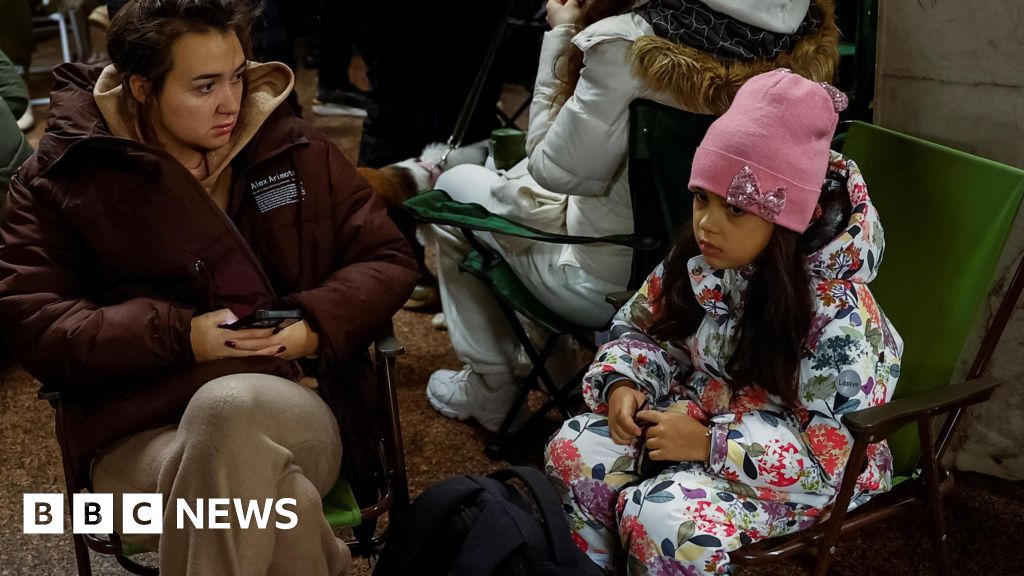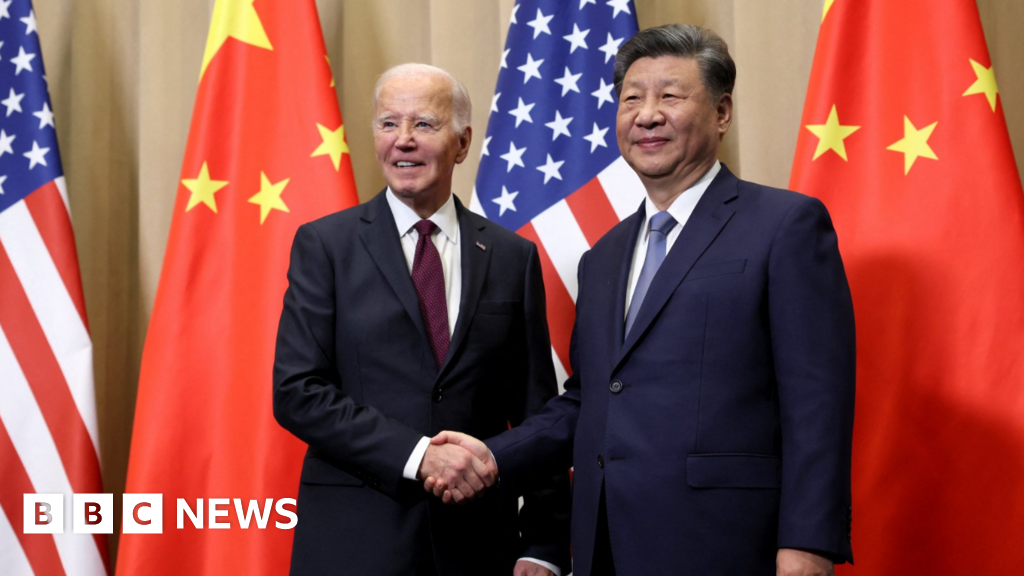ARTICLE AD BOX
By Georgina Rannard
BBC News
Image source, Reuters
Image caption,Deforestation usually slows down in January because the rainy season prevents loggers accessing the forest
The number of trees cut down in the Brazilian Amazon in January far exceeded deforestation for the same month last year, according to government satellite data.
The area destroyed was five times larger than 2021, the highest January total since records began in 2015.
Environmentalists accuse Brazil's President Jair Bolsonaro of allowing deforestation to accelerate.
Protecting the Amazon is essential if we are to tackle climate change.
Trees are felled for their wood as well as to clear spaces to plant crops to supply global food companies.
At the climate change summit COP26 in Glasgow last year, more than 100 governments promised to stop and reverse deforestation by 2030.
The latest satellite data from Brazil's space agency Inpe again calls into question the Brazilian government's commitment to protecting its huge rainforest, say environmentalists.
"The new data yet again exposes how the government's actions contradict its greenwashing campaigns," explains Cristiane Mazzetti of Greenpeace Brazil.
Greenpeace are calling on supermarkets in the UK and elsewhere to drop suppliers who are involved in deforestation from their meat and dairy supply chains suppliers.
Deforestation totalled 430 square kilometres (166 square miles) in January - an area more than seven times the size of Manhattan, New York.
Felling large numbers of trees at the start of the year is unusual because the rainy season usually stops loggers from accessing dense forest.
Brazil's vast rainforest absorbs huge amounts of greenhouse gases from the atmosphere, acting as what's known as a carbon sink. But the more trees cut down, the less the forest can soak up emissions.
A logger, an environmental policeman, a cattle rancher and an environmentalist share their views on Amazon's future
But the area is also home to communities who say they need to use the forest for mining and commercial farming in order to make a living.
At the same time, indigenous communities living in the Amazon fight to protect the rainforest and their ways of life.
Mr Bolsonaro has weakened environmental protections for the region and argued that the government should exploit the area to reduce poverty.
There are a number of factors driving this level of deforestation.
Strong global demand for agricultural commodities such as beef and soya beans is fuelling some of these illegal clearances - Another is the expectation that a new law will soon be passed in Brazil to legitimise and forgive land grabbing.
The Brazilian government argues that in the period between August last year and January 2022, overall deforestation was lower compared to the same period twelve months ago.
Environmentalists say that they are not surprised by the record January felling, given that President Bolsonaro has significantly weakened legal protections since he took office in 2019.
At the COP26 climate summit in Glasgow last year, Mr Bolsonaro was one of the world leaders who promised to halt and reverse deforestation by the end of this decade.
Political observers argue that despite this change in tone, the policies on the ground remain the same.

 2 years ago
54
2 years ago
54








 English (US)
English (US)